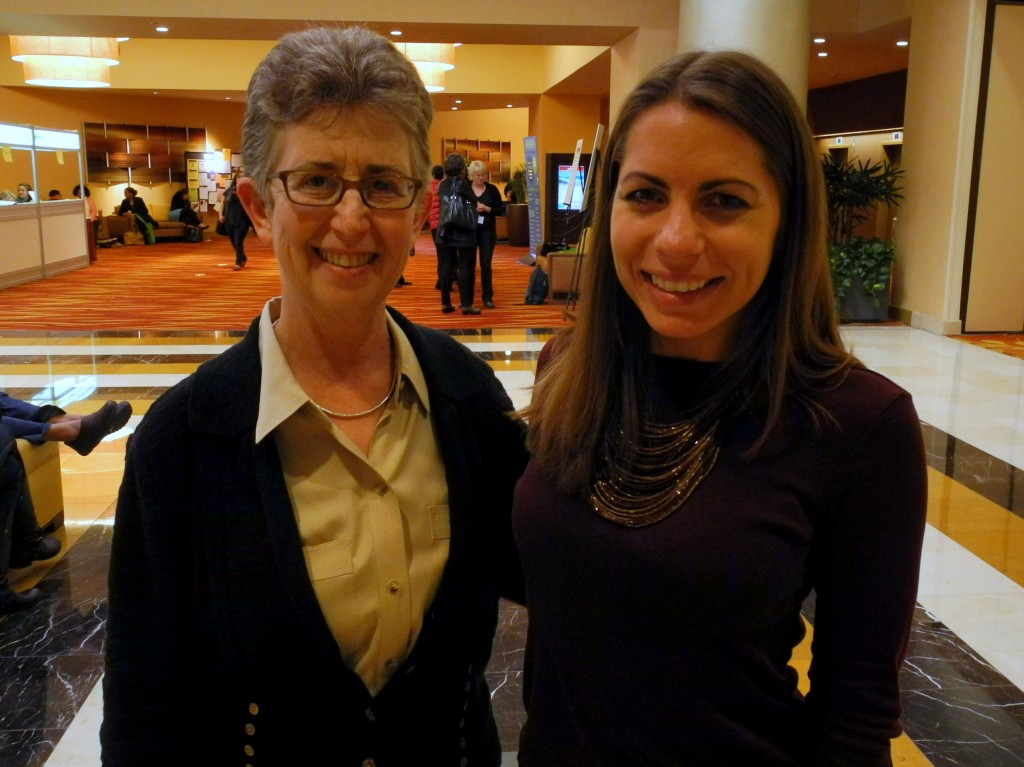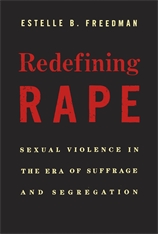In the late 1800s and early 1900s, street harassers were called “mashers” across the USA. In Seattle, if you were convicted of being a masher, you may have to put in time on the chain gang! Wow.
“Even though Seattle was awash in prostitution, behavior toward ‘proper’ ladies had to be protected at all costs, especially as the city’s middle class expanded. Two young men in Ballard were sentenced to the gang for getting a 16-year-old Ballard girl drunk on beer.
The Seattle Times defended a chain gang sentence for another young man who was arrested for “annoying a young woman on a Seattle street.” The paper editorialized, “That penalty, too, may seem severe to some, but it does not to any man with a wife or daughter who is occasionally compelled to be upon the streets of this city alone. The offense of the ‘masher’ is akin to that of the rapist. There is only a difference in the quality of the nerve displayed. The penalty under the law is, unfortunately, too light.”
In 1907, police chief Charles “Wappy” Wappenstein decided to crack down on men and boys who harassed proper ladies on the street — a bit ironic for a policeman who was later prosecuted and jailed for taking bribes from prostitution interests in the city. Wappy threatened to start a “second chain gang to be made up of dudes and brainless individuals who have the mashing habit.” He said, “It would be a joy to me to see a finely dressed young man…working alongside a hobo, chained together with irons….”



